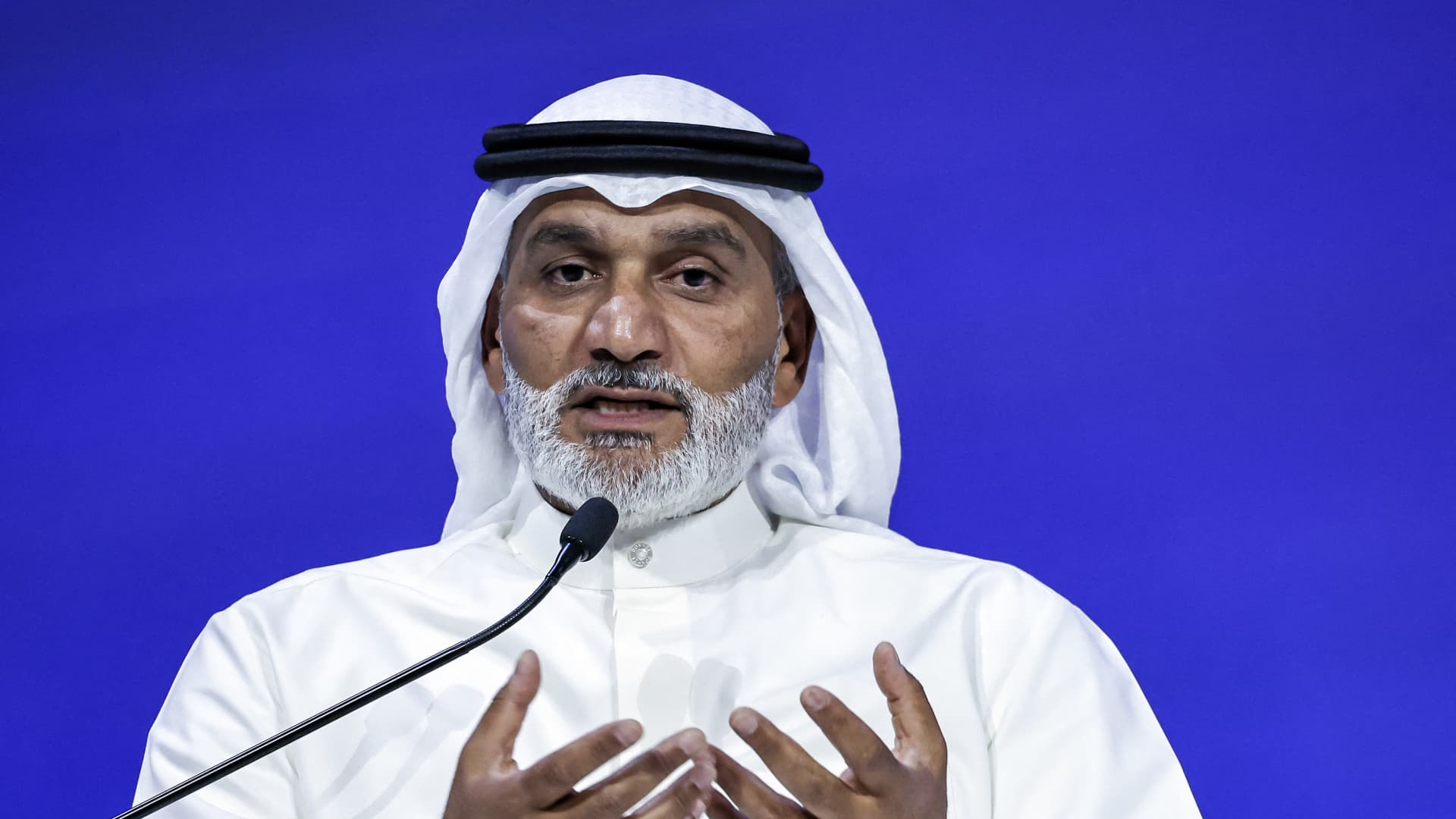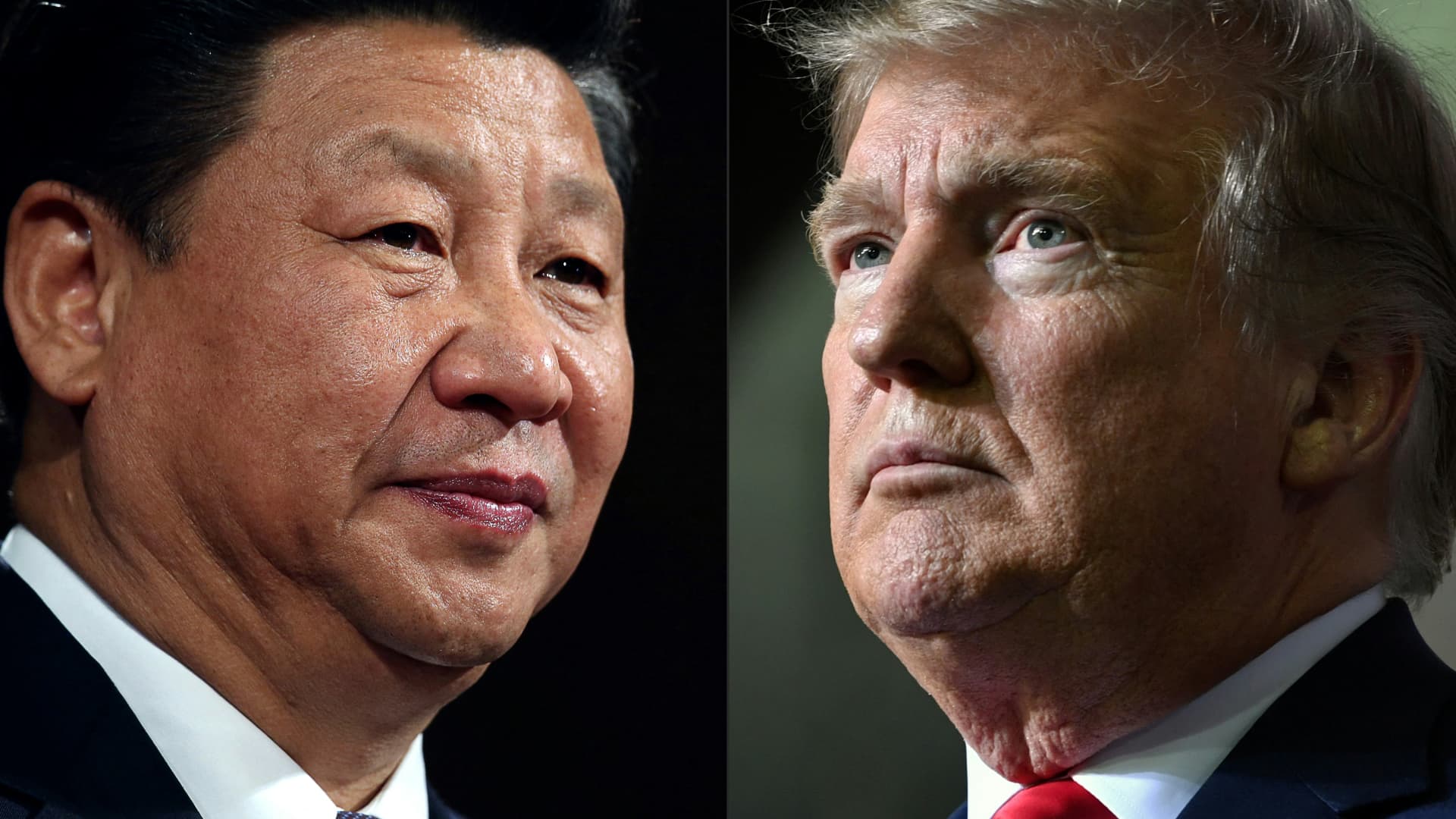The head of oil producer alliance OPEC brushed off forecasts of dwindling crude demand in the coming year, saying there was too much pessimism in the market — despite the group extending production cuts just one day prior in an attempt to shore up prices amid subdued global consumption.
“Well, for OPEC, we have demand growth this year at 1.9 million barrels a day,” OPEC Secretary-General Haitham Al Ghais told CNBC’s Dan Murphy Monday at the Adipec energy conference in Abu Dhabi.
“Now some people might say this is on the high side, but other independent analysts, researchers in the market have it at similar levels,” he said. “Some have it at [what] we believe [are] very low levels. We’re still quite robust on demand.”
“I think there’s a bit too much doom and gloom and pessimism in terms of the demand outlook by some corners in the market, in terms of analysts and research, but we believe, still, our numbers are in line with many other independents,” Al Ghais said.

The Vienna-based oil producer group in mid-October downwardly revised its projections for oil demand growth in the near-term, forecasting growth of 1.93 million barrels a day this year and 1.64 million barrels a day in 2025. This compared to previous forecasts of 2.03 million and 1.74 million barrels a day, respectively.
While the outlook figure was trimmed, it’s still dramatically higher than that of the Paris-based International Energy Agency, which sees global oil demand increasing by roughly 900,000 barrels per day this year and close to 1 million barrels per day in 2025.
“We have lowered down our demand numbers, to be fair, in the last couple of months, by about 100,000 to 200,000 barrels a day,” Al Ghais said. “Nevertheless, we remain at 1.9 [million] and this is higher than the historical average, the pre-pandemic and even the post-pandemic recovery rate, which was around 1.2 million barrels per day.”
The forecasts come amid a slowing Chinese economy, which has significantly hit oil demand and abundant global supply. China is the world’s largest crude importer and the second-largest crude consumer, after the United States.
When asked about concerns over China’s economic trajectory, the OPEC chief replied: “We have China growing at 0.6 million barrels a day this year … I think the outliers who are looking at China growing at 0.1 [million barrels a day] or hardly any growth, are the outliers. We are not the outliers.”
He added that the group is “seeing some very positive numbers coming out of the U.S. economy” and that it sees “good signs in the petrochemical industry, aviation sector.”

Numerous economists expect China’s economic growth to remain relatively weak in 2025 despite recent stimulus measures implemented by Beijing. The measures announced in late September failed to elicit a strong reaction from markets, while slowed growth since the Covid-19 pandemic and increasing adoption of electric vehicles has slashed oil demand in the world’s second-largest economy.
The comments came just one day after OPEC+ member countries agreed to delay a planned December output increase by one month, causing U.S. crude futures to jump over 2%. West Texas Intermediate was up 2.24% to $71.73 per barrel and international benchmark Brent crude rose 2.17% to $75.27 by 12 p.m. in London.
“This is not the first time we delayed the increase, which is supposed to be phased in gradually … This is just a continuation of our policy of making sure that we’re very attentive to the market,” Al Ghais said, adding that there is more to be seen and deliberated before the next ministerial meeting on Dec. 1.
“This is nothing unusual that has not been, let’s say, part of the modus operandi of OPEC+ since our agreement has been in place,” he said.
OPEC+, which consists of OPEC member states and several producer countries outside the organization, has implemented a series of cuts and extensions of them since late 2022 amid rising supply around the world in an effort to shore up the market.










